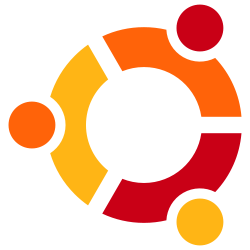
It's no coincidence that Ubuntu is now the most popular distribution of Linux for desktop PCs. It is one of the easiest distributions to set up and use for day-to-day tasks.
Despite this, getting onto the 'Linux ladder', making your first steps into the world of Linux, can be daunting, especially without support. There are lots of books specifically targeted towards beginners and Ubuntu, and Apress's Beginning Ubuntu Linux, by Keir Thomas and Jaime Sicam is one.
I was given a copy of the third edition of the book, which is updated to specifically cover the latest release of Ubuntu, Hardy Heron (8.04). Its 700 odd pages are designed to take you all the way from a beginner moving from a Windows environment to a pretty proficient Linux user.
I should reiterate that point - this is very much a book for switchers (or people who want to use both). Throughout the text, comparisons are made between Ubuntu features and their Windows counterparts to aid the transition. It is also possible to follow coming from a Mac environment, but there is much more focus on Windows.
The book also includes a double-sized DVD with the full Ubuntu 8.04 distribution on one side, plus many alternative versions (including Kubuntu, etc.) in .iso image format on the other.

Structurally, the book is divided into eight parts, starting with an introduction to the world of Linux, progressing through installing Ubuntu and getting started with it, and then moving on to in-depth coverage of the command line, multimedia, many of the included applications and finally maintenance and optimisation of your system and appendices.
Introduction and Background
The first chapter gives a nice gentle introduction; it tells you in basic terms what an operating system is and how Linux differs from Windows. Even if you barely know anything, you should be able to follow.
Right after that, there is a pretty detailed and comprehensive 'history and politics lesson', explaining how Linux came about, GNU (and all the politics there) and the crucial concept of different Linux distributions.
The second chapter is a lot of historical information to digest for a complete beginner and it is tempting to skip it, but if you do, you will miss the explanation of how Ubuntu fits into the wider Linux picture and the concept of different distributions, which is critical knowledge.
This section is in depth, however, and is interesting to read, even if you've been using Linux for some time.
Installation
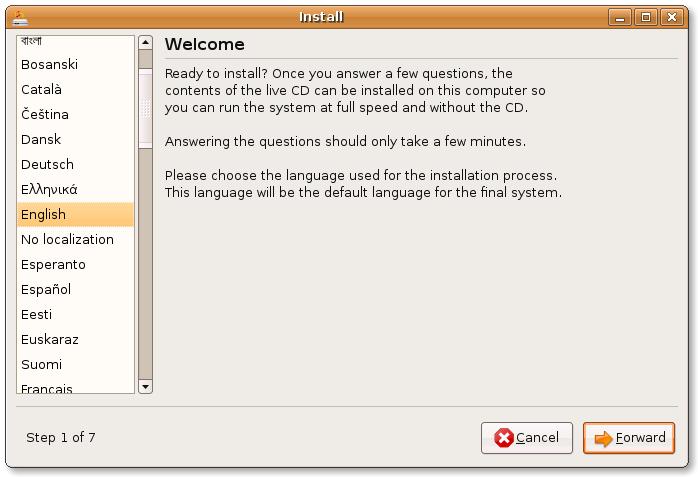
Installing Ubuntu is probably the biggest hurdle to many people. As easy as you can make an operating system installation procedure, you still have to have pretty solid computer knowledge to perform one.
A whole part of the book is dedicated to installation. Key concepts such as disk partitioning are explained well, but there is at this point a (largely unavoidable) assumption that you are already proficient with the management of a Windows system.
One element of the Installation section that could be improved is making the different installation options clearer in the step-by-step installation process.
For example, if you're not aiming for a dual boot setup (Windows and Ubuntu co-existing), there are a lot of steps that are specific to dual booting, and you sort of have to filter the instructions relevant to you to get through the process.
Overall, though, the Installation part of the book is well detailed, such that with a little additional support, a proficient Windows user can end up with an installed copy of Ubuntu and get on to the rest of the book relatively easily.
Getting Started
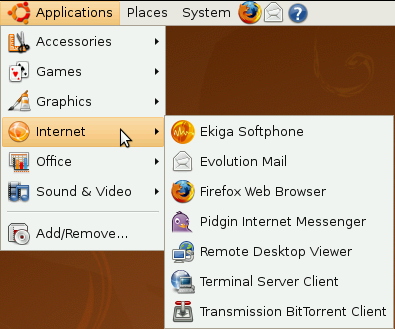
The next task for the Linux newbie is getting to grips with the unfamiliar interface. Beginning Ubuntu Linux gives you a good rundown of the differences between Windows (or OS X) and the GNOME interface, including annotated screenshots and tables.
There is a slight concern in my mind that depending on the level of expertise of the reader, rushing in at this point to introducing concepts such as virtual desktops might be a bit too much to take in at once, but on the other hand, it would be difficult to fit that section elsewhere in the book.
Getting Up and Running
This part of the book focuses on getting things working post-install, such as getting connected to the internet, including wireless networking.The problem I have with this section is that it does jump quite noticeably in difficulty level.
Having had a gentle ride so far, it is as if you are suddenly thrown in at the deep end.
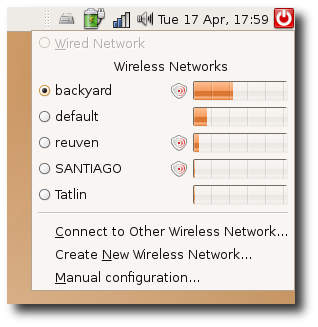
For example, using Ndiswrapper to configure Wi-Fi cards not natively supported by Ubuntu seems way beyond the level explored thus far.
While network access is quite fundamental to Ubuntu being useful, I can't help thinking this would have better been saved for later.
The Command Line

It is assumed in some parts of the book that you want to take Ubuntu further than just using it and delve somewhat into the more technical side. Of course, while it is possible to skip whole sections on this, important concepts might be missed out.
The introduction to the shell in this part is well written. Everything you need to understand to do basic tasks at the command line is adequately explained, without throwing too much detail in too early. Again, we're back to a gentle pace.
In itself, this section is actually an excellent beginner's guide to any Linux CLI and gives a good solid framework of knowledge to learn about the more techie side of Ubuntu.
Of course, whether this section is of utility or interest, or at the right difficulty level, depends a lot on the reader.
Applications and Multimedia

For most of the rest of the book, you drop back down a difficulty level to being more of a consumer, focusing on multimedia and many of the productivity applications that Ubuntu provides.
The multimedia section discusses the legal issues of proprietary codecs well and its step-by-step tutorials makes it easy for users to enjoy media content in many different formats.
The applications that are covered are the OpenOffice.org productivity suite and the Evolution email and groupware client.
Each of OOo's applications are covered in a good amount of detail, often comparing to similar features of Microsoft Office where appropriate. Again, these sections alone would make a formidable beginner's reference to OOo, especially for those migrating from or working in conjunction with MS Office.
The same in depth coverage is given to Evolution, with the viewpoint of using it as a replacement for Outlook. Again, there is reference to Outlook, equivalent features and focus on integrating with users of other email systems.
I can't really argue with these chapters. They provide an impressive go-to reference for OOo and Evolution and I can certainly see them being useful in easing the transition from a Windows/Office system.
Management, Optimisation and Appendices
Rather curiously, installing and removing software is left for this section, close to the end (but frequently referenced to elsewhere in the text). Again, the content is well written and all necessary concepts are explained perfectly well, but the placement of that section seems a little, well, bizarre.
Also detailed here are backups, connecting to remote machines as well as user and group management and more.
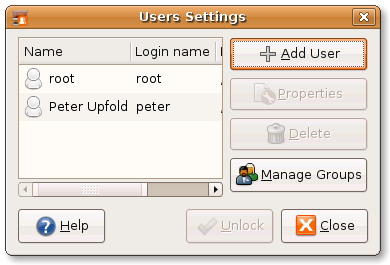
Finally, the appendices include a glossary of bash commands, how to get help as well as how to run the other versions of Ubuntu that ship on the other side of the DVD.
Overall
Beginning Ubuntu Linux is undoubtedly a good starting point for anyone with intermediate or greater Windows skills that wants to dip their toe in the Linux world.
In general, the book is detailed and comprehensive and makes a great introduction to desktop Linux and subsequently a sound reference tool.
It seems, however, to be a sort of hybrid book - as I just said, it starts with an introduction/getting started guide at the front and then suddenly switches into a reference book for much of the remainder.
A complete novice reading from cover to cover might well end up taking in too much in one go, getting confused and then giving up.
To get the most out of this title, I think you need to initially be very picky about what you read. Don't be tempted to venture into the technical aspects, such as the command line, too quickly. Plenty of digestion time is necessary, unless you already have Linux experience and just want a refresher.
The book is a strong starting point for those who are good at Windows and want to venture into the world of Linux and I would recommend it for those people.
Again, though, it's not necessarily to be read in a linear fashion; picking and choosing the right sections to read at the right times is important.
Full disclosure: Publisher Apress approached me asking me to review this book and sent me a free review copy. Other than that, there is no affiliation or other involvement between myself or FOSSwire and Apress.